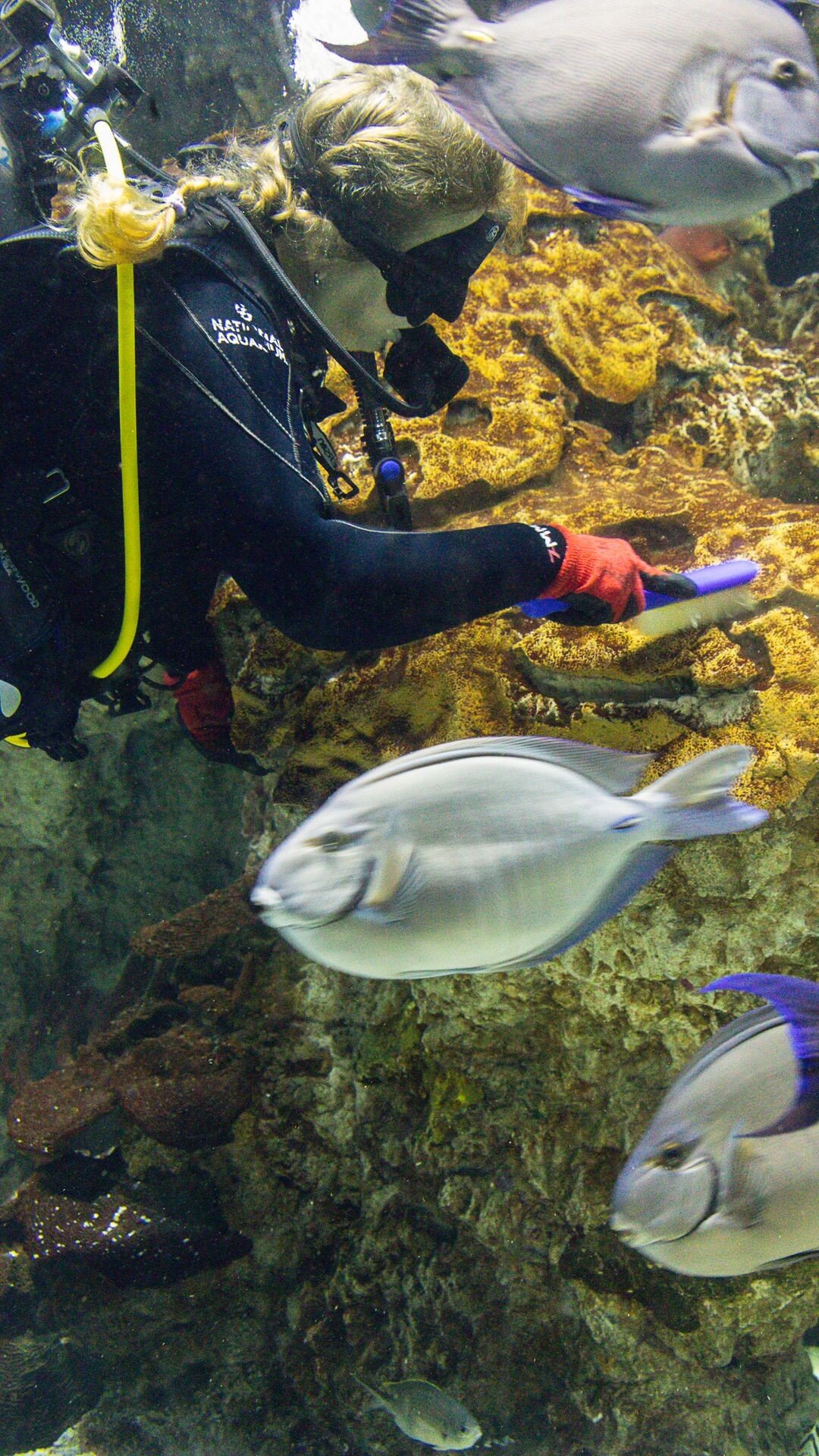- Understanding the rigorous cleaning and maintenance processes in zoos.
- The specialized cleaning substances and tools essential for animal exhibit upkeep.
- Role of efficient cleaning practices in animal welfare and conservation.
- Impact of human presence and environmental factors on zoo exhibit conditions.
- Insight into the challenges faced by zoo staff in maintaining exhibits.
Behind the fabric of every sensational zoo exhibit lies the unyielding efforts of dedicated teams whose labor ensures both the well-being of animals and a captivating experience for visitors. Maintaining exhibits in zoos involves a blend of routine cleaning, specialized techniques, and a profound understanding of animal behavior and habitat requirements. This article will explore how scrubbing, bleaching, vacuuming, and other meticulous methods contribute to zoos’ smooth operation and their crucial role in wildlife conservation.
Keeping animal exhibits impeccable starts with understanding the necessary cleaning processes, which demand more than just surface-level tidying. Every zoo exhibit, whether housing mammals, reptiles, birds, or aquatic animals, requires a unique approach to cleanliness. For example, large mammals like elephants have enclosures that need regular sweeping and pressure washing to remove waste and ensure a clean atmosphere. Veterinarians and zoologists often guide these processes to prevent disease and safeguard the animals’ health. The precise choice of cleaning materials—the balance between effective sanitation and non-toxicity—protects both animals and caretakers. Thus, each step taken in cleaning practices is deeply intertwined with maintaining not only the aesthetic appeal but also a safe living environment for the animals.
Specialized cleaning tools and substances are paramount to maintaining pristine exhibits. Bio-enzymatic cleaners break down organic materials, such as feces and spilled food, without harming sensitive species. On the other hand, certain exhibits might employ eco-friendly bleach products that neutralize harmful pathogens while safeguarding the animals’ skin and respiratory systems. Notably, aquariums utilize powerful filtration systems, sometimes resembling vacuum mechanisms, to keep water clear and toxin-free. This intricate setup is crucial for species that thrive in specific water conditions, as even small changes in pH or temperature can significantly affect aquatic life. Such techniques showcase the careful planning and innovation that underpin clean environments in zoological settings.
Efficient cleaning practices play a pivotal role in animal welfare and conservation efforts. Ensuring that exhibits mirror an animal’s natural habitat decreases stress levels, thereby promoting natural behavior and successful breeding. Cheetahs, for instance, benefit from enclosures that mimic savanna-like conditions, with regular cleanup activities ensuring that their space remains stress-free and biologically suitable. Additionally, the integration of foliage and natural elements into enclosures demands constant maintenance to preserve authenticity. Through effective upkeep, zoos not only enhance the lives of their housed species but also facilitate educational opportunities that inspire conservation awareness among visitors.
Human presence and environmental factors immensely impact the sanitization needs of zoo exhibits. Visitors bring in dust, debris, and occasionally introduce foreign microorganisms that can disturb the delicate balance of these artificial habitats. Outdoor exhibits are also subject to environmental elements such as rain, humidity, and temperature fluctuations, which can promote the growth of unwanted mold and bacteria. Therefore, staff must adapt to changing conditions, adjusting cleaning frequencies and strategies based on weather and visitor traffic, ensuring their actions align with current conservation standards and animal care ethics.
Challenges faced by zoo staff in maintaining exhibits are multifaceted, involving physical demands, scheduling logistics, and resource management. Cleaning large spaces inhabited by potent predators or endangered species requires not only special training but also an acute awareness of animal behavior to prevent accidents. Furthermore, timing these procedures around animals’ daily activities ensures minimal disruption to their routines. This coordination requires precise time management and communication from zoo personnel who often juggle these duties alongside educational programs and public interactions. Despite these challenges, the shared commitment to fostering a welcoming and educational atmosphere ensures that the vitality of both animals and visitors remains at the forefront of zoo operations.
Through a detailed glimpse into the extensive cleaning and maintenance processes of zoos, it becomes evident how deeply these practices impact both the immediate welfare of the animals and broader conservation efforts. By keeping exhibits in prime condition, zoos fulfill their dual role as centers for both public enjoyment and vital wildlife conservation. Cleaning, often an invisible operation to attendees, emerges as a cornerstone of these institutions’ endeavors to preserve biodiversity and stimulate an appreciation for nature among the public.
*****
Source Description
Go behind the scenes and learn just how much scrubbing, bleaching and vacuuming it takes to keep our exhibits in tip-top shape. 🫧 Learn more at the link in our bio!

